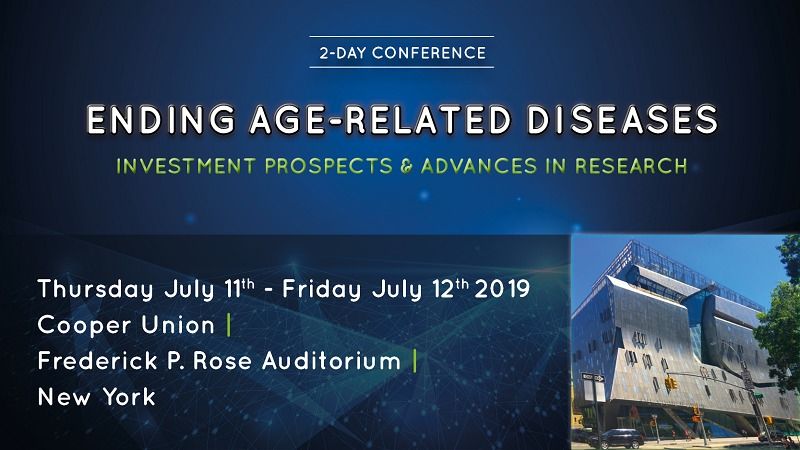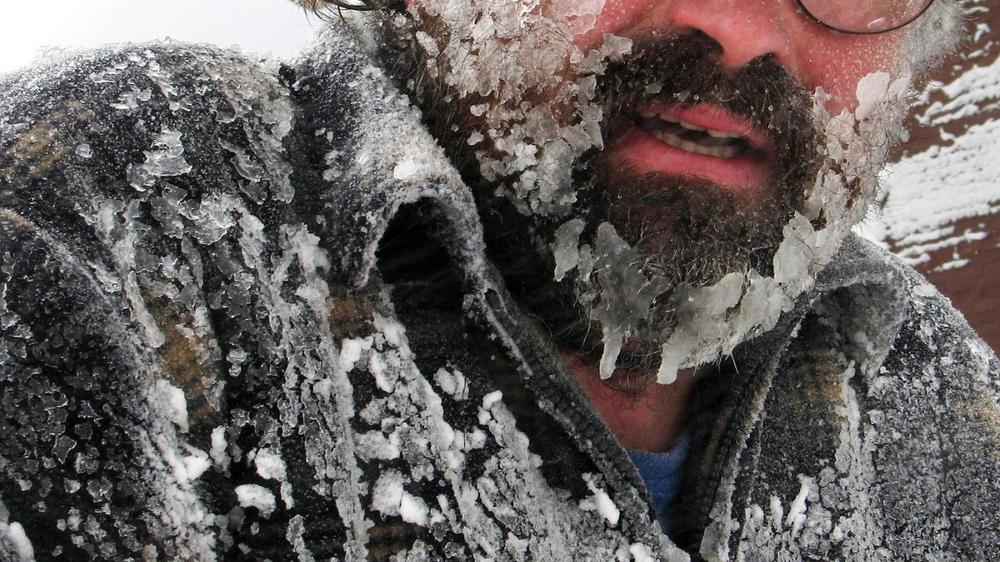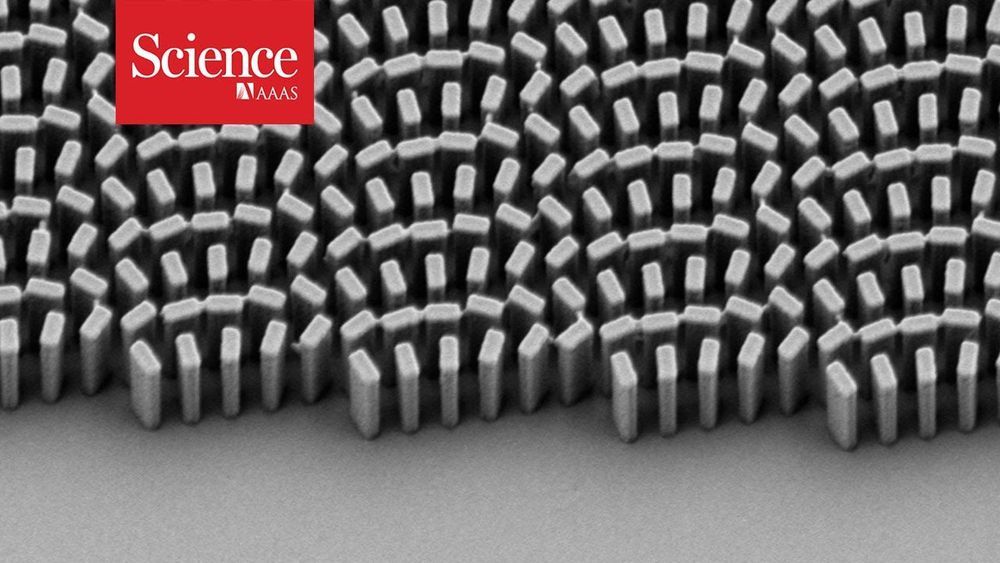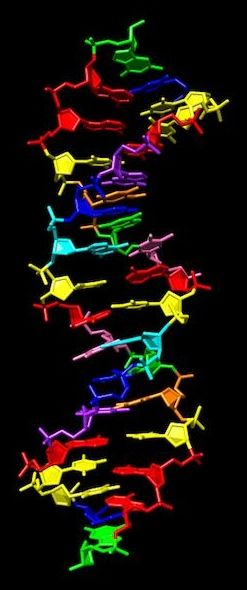Feb 22, 2019
Breastmilk microbiome linked to method of feeding
Posted by James Christian Smith in category: biological
The idea that breastmilk has a microbiome (or microbiota)—a community of bacteria living within it—is relatively new and has sparked debate about where breastmilk bacteria come from. Some scientists believe breastmilk bacteria originate in the mother’s gut while others believe they are transferred to the mother from the infant’s mouth during breastfeeding.
New research from the CHILD Cohort Study—an ongoing birth cohort study involving thousands of Canadian children and their families—has shed some light on this question by highlighting the importance of the infant’s mouth as a source of breastmilk bacteria.
The study, published today in Cell Host & Microbe, found that among the many factors examined, the method of breastfeeding—whether mothers fed their infants directly at the breast or fed them pumped breastmilk from a bottle—was the most consistent factor associated with the milk microbiota composition.
Continue reading “Breastmilk microbiome linked to method of feeding” »


















